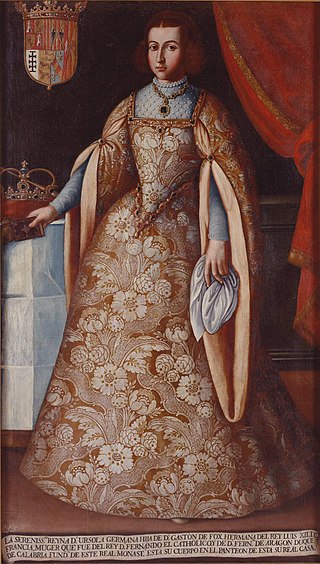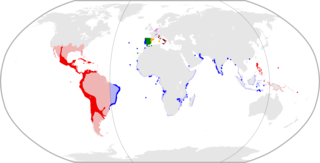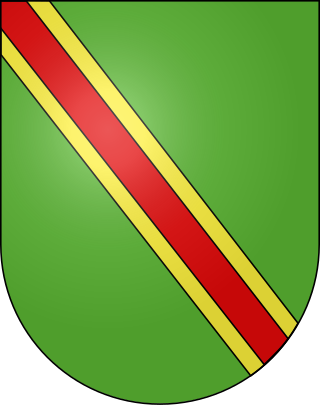Royalists
King Charles I
King Charles I of Castile and Aragon (1500–1558), elected Holy Roman Emperor Charles V in 1519, was the head of the Aragonese state. He only succeeded the throne upon King Ferdinand of Aragon's death in 1516, and knew none of the languages of Spain at first. An eighteen-year-old Charles visited Aragon from May 1518– January 1520 to be formally crowned King and negotiate with the Aragonese Cortes over tax rights. As a poorer country, Charles demanded less from Aragon than Castile, and taxes were not a major factor in the Revolt of the Germanies (unlike the Revolt of the Comuneros of Castile). Charles issued the edicts allowing the Germanies to arm themselves against the Barbary pirates, a decision that would later haunt him.
In 1520, Charles left Spain for Germany to take up his position as Holy Roman Emperor, leaving Cardinal Adrian of Utrecht as regent of his Spanish possessions. As such, he only communicated with the leadership of Aragon and Valencia via letter during the Revolt. Adrian visited Valencia once to assess the situation in 1519 but left concluding the problems could be solved amicably.
Diego Hurtado de Mendoza
Diego Hurtado de Mendoza, (1468–1536), the second son of Cardinal Mendoza and Mencia de Lemos was born and raised in the castle of Manzanares el Real. Mendoza was a veteran of the Reconquista and the Italian Wars; he distinguished himself in the taking of Melito, and was appointed Count of Mélito as a reward in 1506.
In 1520, he was appointed viceroy of Valencia, and went to the city of Valencia to rule. A Castilian, he proved a controversial choice, and he immediately provoked the residents of Valencia by siding with the nobles in refusing to seat the representatives elected by the people. His palace was attacked, but barely held after two hours of assault. Mendoza and the other nobles realized that the city was lost, and retreated the countryside. He raised an army, but was defeated by the army of the Germanies at the battle of Gandia on July 23, 1521. However, the rebellion was eventually defeated by other royalist-sympathetic generals, and he returned to the city of Valencia in November 1521. He acted with moderation toward the defeated, not seeking to cause another revolt. With the arrival of Germaine of Foix in 1523, however, punishment against the agermanats intensified until a pardon in December 1524.
Germaine of Foix
Germaine of Foix (1488–1538) was a French princess and Ferdinand II of Aragon's second wife. Her son conceived by Ferdinand, the Infante Juan, died shortly after childbirth in 1509; The Hidden would later claim to be Juan come back to reclaim his kingdom against the foreign usurpers, as if Juan had lived, he would have inherited the Crown of Aragon rather than Charles.
Germaine left for Germany with her step-grandson Charles in 1520, and there she was married to the German margrave Johann of Brandenburg-Ansbach. She only returned to Spain in 1523, when she was appointed Viceroy of Valencia, replacing Diego Hurtado de Mendoza. She favored a harsher policy of repression against the rebels, but also was the one to sign the pardon ending the repression in December 1524.
Other royalists
- Cardinal Adrian, Regent of Charles' Spanish dominions. Adrian was occupied in Castile, however, and spent little time in Valencia.
- Duke of Segorbe, commander of the royalist armies at the battles of Orpesa and Almenara, two royal victories.
- Pedro Fajardo de Zúñiga y Requesens, Marquis of Los Vélez, commander of the royalist armies at the battle of Oriola, the decisive royalist victory of the war.










